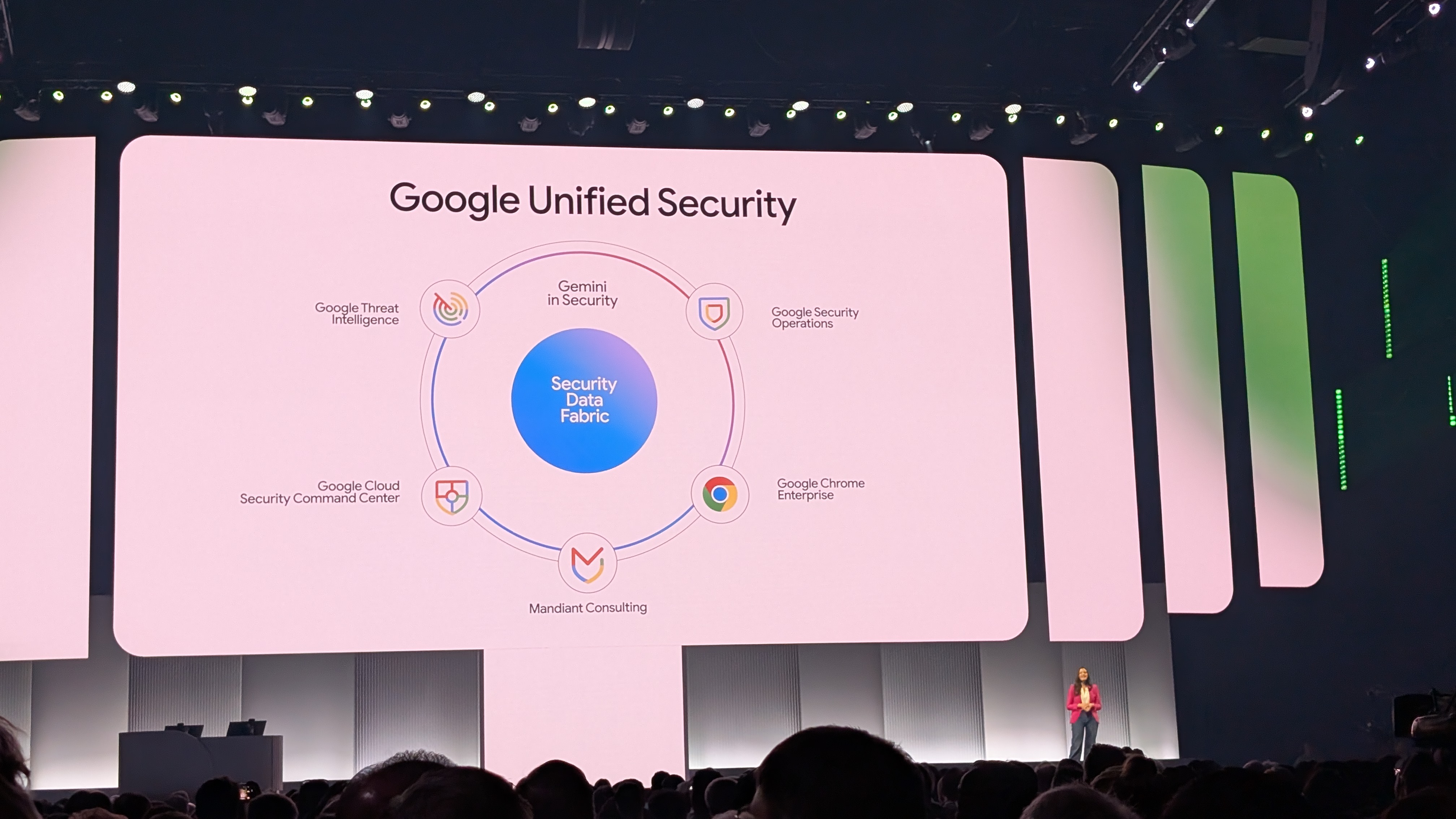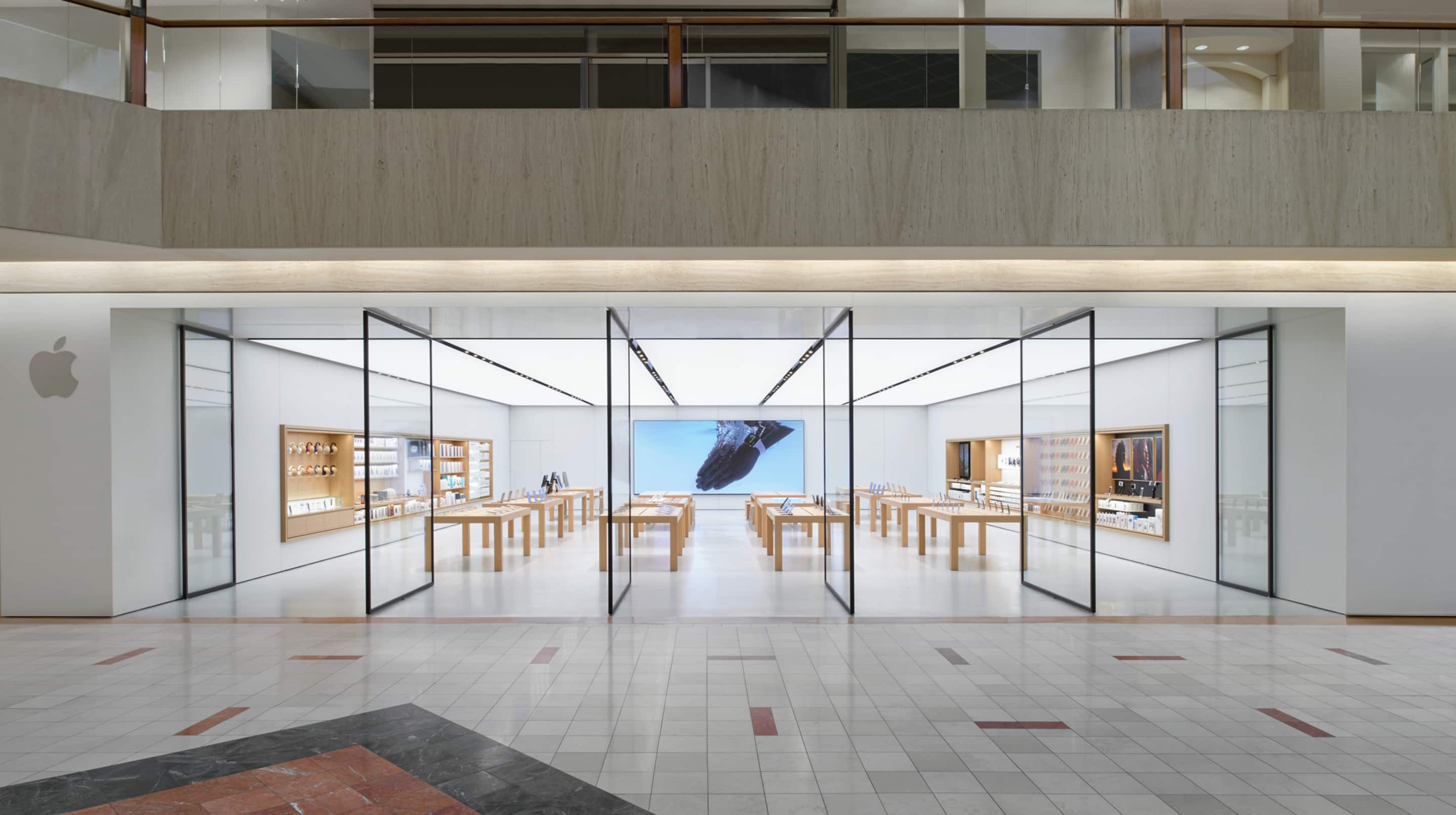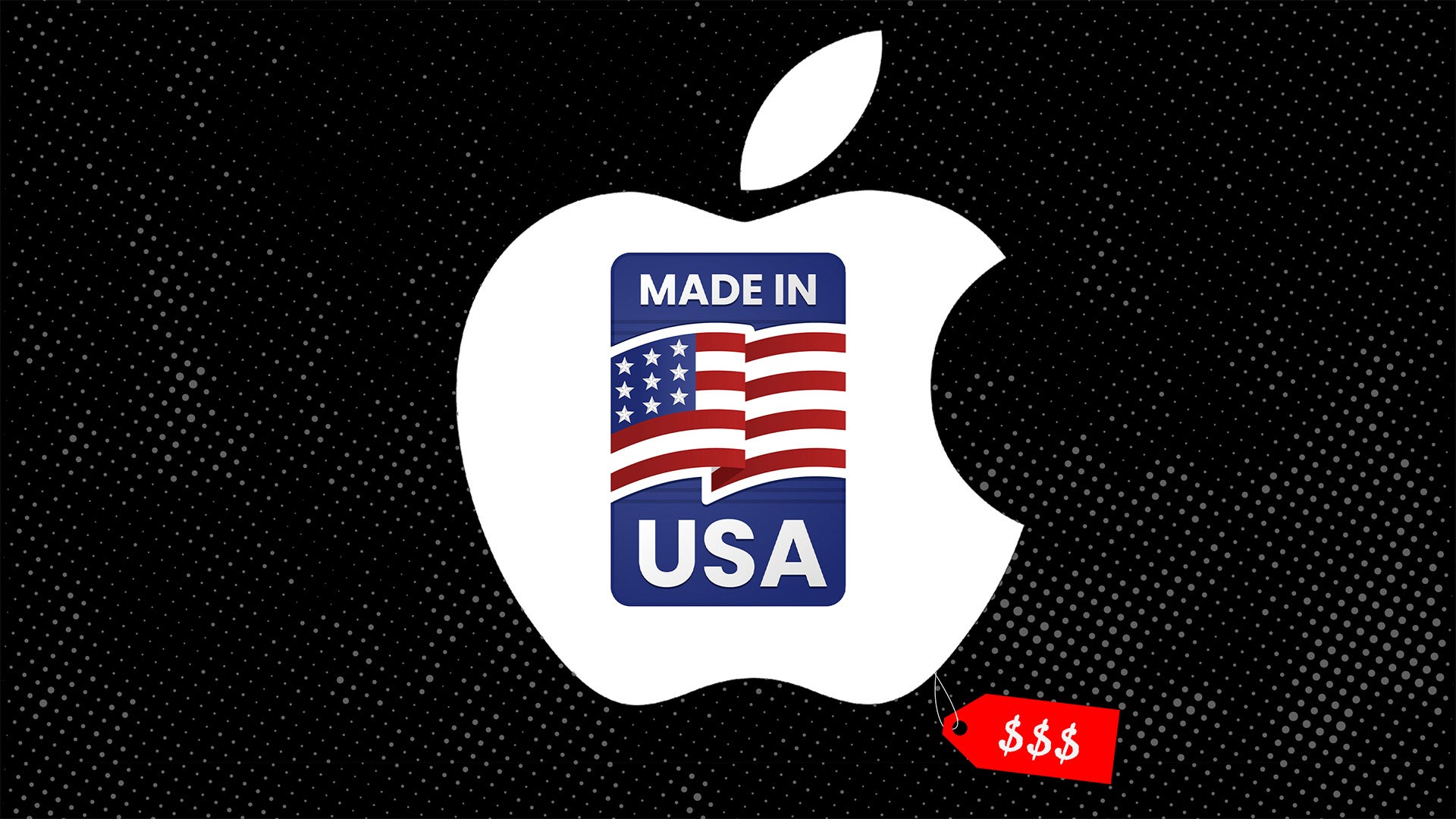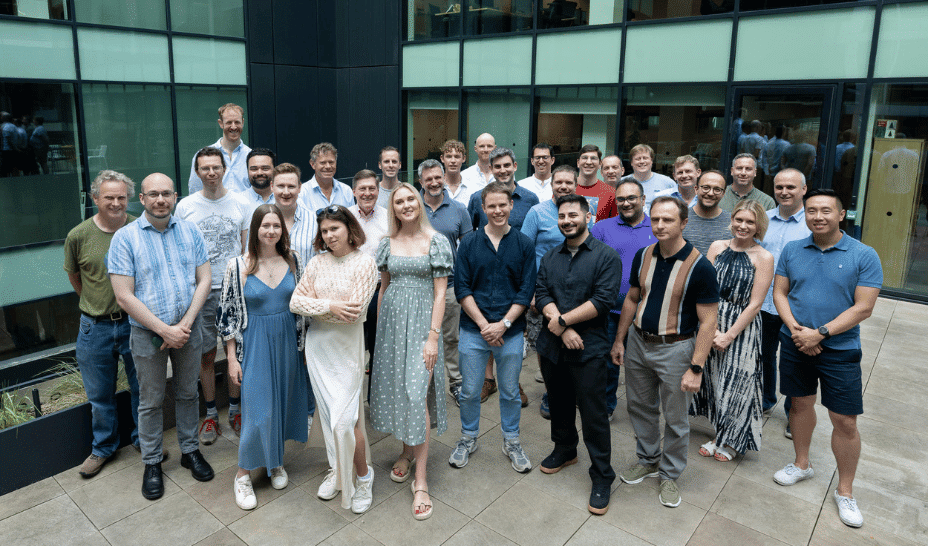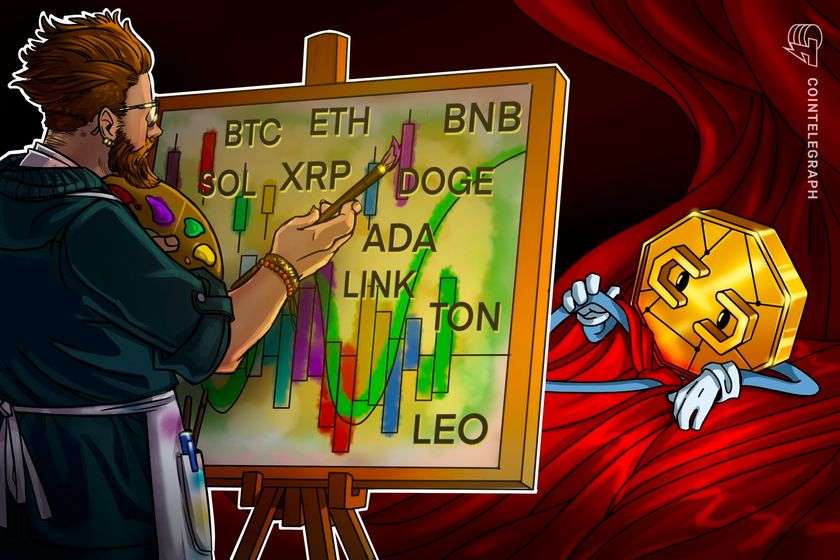5 Reasons Developers Choose Arbitrum Over Other L2s
Rolling from one failed transaction to another, developers consistently hit Ethereum's scaling wall—a frustrating reality of building on the world's leading smart contract platform. With transactions often costing users $45 or more in gas fees alone, promising protocols become practically unusable for anyone except whales. While Ethereum's security and decentralization remain unmatched, its prohibitive gas fees—typically 10-100x higher than what most users are willing to pay—have created an urgent need for scaling solutions that don't compromise on security. This is where Layer 2 (L2) solutions enter the picture, with Arbitrum clearly leading the pack. As of March 2025, Arbitrum has cemented its position as the go-to L2 for serious Ethereum developers. By processing transactions on a separate layer and then batching them back to Ethereum, Arbitrum reduces gas fees by up to 95% while maintaining Ethereum's fundamental security guarantees. A transaction costing $45 on Ethereum mainnet might cost just $2-3 on Arbitrum—a game-changing difference that makes entirely new use cases economically viable. But gas fee reduction is just the beginning of Arbitrum's advantages. The platform has built upon this foundation to create a comprehensive ecosystem that outpaces other L2 solutions across multiple dimensions. Let's explore the five key reasons developers are increasingly choosing Arbitrum over alternative L2 solutions. 1: Multi-Language Support with Stylus The mid-March 2025 mainnet launch of Stylus represents a quantum leap for smart contract development. While other L2s remain confined to Solidity, Arbitrum now empowers developers to write smart contracts in Rust and C++ alongside traditional Solidity code. This flexibility isn't just about language preference—it delivers tangible performance benefits. Contracts written in Rust on Stylus can reduce execution costs by up to 10-100x while significantly boosting performance. For computation-heavy applications, this advantage is transformative. Take YieldBricks, which recently leveraged Stylus to tokenize real estate on-chain. Their engineering lead notes: "The performance gains from Rust smart contracts allowed us to implement complex financial models that would have been prohibitively expensive on other platforms. We're processing 3x more transactions at 1/7th the cost." For teams transitioning from Web2 to Web3, this significantly reduces the learning curve and accelerates development timelines. 2: Thriving DeFi Ecosystem Arbitrum's DeFi ecosystem has reached critical mass in ways competitors still aspire to. The March 19th launch of the Arbitrum DeFi Index by CryptexFinance showcases this maturity, bundling blue-chip protocols like Aave, GMX, Uniswap, Pendle, Stargate, and Curve into a single investable product. With over 400 active dApps and consistently top-tier TVL among L2s, Arbitrum provides developers what they need most: users and liquidity. New financial applications launching on Arbitrum instantly tap into this thriving ecosystem rather than facing the "cold start" problem common on less-developed L2s. The composability between these established protocols creates fertile ground for innovation. Developers can build on existing primitives, focusing on their unique value proposition rather than reinventing basic DeFi infrastructure. This network effect has created a virtuous cycle—more users attract more developers, who build more applications, which then attract even more users. For DeFi developers specifically, Arbitrum offers the closest experience to Ethereum mainnet but with dramatically lower fees and higher throughput. This makes previously unviable business models suddenly possible, particularly for retail-focused financial applications. 3: Gaming & High-Throughput Applications While many L2s claim gaming support, Arbitrum Nova has transformed this promise into reality. Purpose-built for high-throughput applications, Nova has become the backbone for blockchain gaming and social applications requiring frequent, low-cost transactions. The numbers speak volumes: 15 million monthly transactions on Nova demonstrate its practical capability to handle gaming workloads. At recent gaming conferences, Arbitrum representatives have actively courted game developers, showcasing a dedicated focus on making blockchain gaming viable. What separates Nova from competing gaming chains is its balance of cost, speed, and security. Unlike sidechains or alternative L1s that sacrifice security for performance, Nova maintains strong security guarantees through Arbitrum's battle-tested technology while optimizing for gaming-specific requirements. For developers building games or social applications, this specialized infrastructure eliminates many traditional blockchain limitations. User actions that would be prohibitively expensive on other networks—like frequent character movements, social interactions, or inventory changes—be
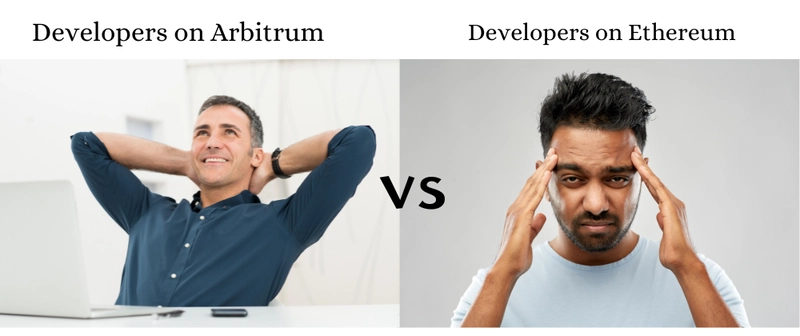
Rolling from one failed transaction to another, developers consistently hit Ethereum's scaling wall—a frustrating reality of building on the world's leading smart contract platform. With transactions often costing users $45 or more in gas fees alone, promising protocols become practically unusable for anyone except whales. While Ethereum's security and decentralization remain unmatched, its prohibitive gas fees—typically 10-100x higher than what most users are willing to pay—have created an urgent need for scaling solutions that don't compromise on security. This is where Layer 2 (L2) solutions enter the picture, with Arbitrum clearly leading the pack.
As of March 2025, Arbitrum has cemented its position as the go-to L2 for serious Ethereum developers. By processing transactions on a separate layer and then batching them back to Ethereum, Arbitrum reduces gas fees by up to 95% while maintaining Ethereum's fundamental security guarantees. A transaction costing $45 on Ethereum mainnet might cost just $2-3 on Arbitrum—a game-changing difference that makes entirely new use cases economically viable.
But gas fee reduction is just the beginning of Arbitrum's advantages. The platform has built upon this foundation to create a comprehensive ecosystem that outpaces other L2 solutions across multiple dimensions. Let's explore the five key reasons developers are increasingly choosing Arbitrum over alternative L2 solutions.
1: Multi-Language Support with Stylus
The mid-March 2025 mainnet launch of Stylus represents a quantum leap for smart contract development. While other L2s remain confined to Solidity, Arbitrum now empowers developers to write smart contracts in Rust and C++ alongside traditional Solidity code.
This flexibility isn't just about language preference—it delivers tangible performance benefits. Contracts written in Rust on Stylus can reduce execution costs by up to 10-100x while significantly boosting performance. For computation-heavy applications, this advantage is transformative.
Take YieldBricks, which recently leveraged Stylus to tokenize real estate on-chain. Their engineering lead notes: "The performance gains from Rust smart contracts allowed us to implement complex financial models that would have been prohibitively expensive on other platforms. We're processing 3x more transactions at 1/7th the cost." For teams transitioning from Web2 to Web3, this significantly reduces the learning curve and accelerates development timelines.
2: Thriving DeFi Ecosystem
Arbitrum's DeFi ecosystem has reached critical mass in ways competitors still aspire to. The March 19th launch of the Arbitrum DeFi Index by CryptexFinance showcases this maturity, bundling blue-chip protocols like Aave, GMX, Uniswap, Pendle, Stargate, and Curve into a single investable product.
With over 400 active dApps and consistently top-tier TVL among L2s, Arbitrum provides developers what they need most: users and liquidity. New financial applications launching on Arbitrum instantly tap into this thriving ecosystem rather than facing the "cold start" problem common on less-developed L2s.
The composability between these established protocols creates fertile ground for innovation. Developers can build on existing primitives, focusing on their unique value proposition rather than reinventing basic DeFi infrastructure. This network effect has created a virtuous cycle—more users attract more developers, who build more applications, which then attract even more users.
For DeFi developers specifically, Arbitrum offers the closest experience to Ethereum mainnet but with dramatically lower fees and higher throughput. This makes previously unviable business models suddenly possible, particularly for retail-focused financial applications.
3: Gaming & High-Throughput Applications
While many L2s claim gaming support, Arbitrum Nova has transformed this promise into reality. Purpose-built for high-throughput applications, Nova has become the backbone for blockchain gaming and social applications requiring frequent, low-cost transactions.
The numbers speak volumes: 15 million monthly transactions on Nova demonstrate its practical capability to handle gaming workloads. At recent gaming conferences, Arbitrum representatives have actively courted game developers, showcasing a dedicated focus on making blockchain gaming viable. What separates Nova from competing gaming chains is its balance of cost, speed, and security. Unlike sidechains or alternative L1s that sacrifice security for performance, Nova maintains strong security guarantees through Arbitrum's battle-tested technology while optimizing for gaming-specific requirements.
For developers building games or social applications, this specialized infrastructure eliminates many traditional blockchain limitations. User actions that would be prohibitively expensive on other networks—like frequent character movements, social interactions, or inventory changes—become practical on Nova, opening the door to more immersive on-chain experiences.
4: Customizable Application Chains with Orbit
Perhaps Arbitrum's most forward-thinking advantage is Orbit, which allows developers to launch custom L2 or L3 chains tailored to their specific application needs. This customization goes far beyond simple parameter tweaking available on other platforms.
Recent data shows persistent user activity across multiple Orbit chains, confirming that this isn't merely a technical curiosity but a practical approach to application-specific scaling. Teams can optimize their own chain for their unique requirements—whether that's ultra-low latency for trading applications, specialized privacy features, or custom token economics.
The ability to launch application-specific chains without sacrificing security or Ethereum connectivity represents a paradigm shift. Rather than forcing all applications to share the same execution environment with identical characteristics, Orbit enables a multichain future where each application operates in its optimized environment while remaining part of the broader Ethereum ecosystem.
5: Organizational Support and Future Vision
The strength of any technology ultimately depends on the team behind it. Recent hiring announcements—including a new Head of Tech at the Arbitrum Foundation and open positions for data and DevRel engineers—signal organizational expansion focused specifically on developer experience.
This institutional support translates to practical benefits for builders: comprehensive documentation, responsive support channels, and developer grants. The foundation's focus on growing the ecosystem creates a supportive environment for projects building on Arbitrum, with technical resources readily available to overcome challenges. Looking forward, Arbitrum's exploration of AI integration (teased in November 2024) suggests a forward-thinking approach that continues to push blockchain capabilities. While details remain limited, this exploration of blockchain-AI synergies positions Arbitrum at the intersection of two transformative technologies.
The combination of Arbitrum's Nitro stack, optimistic rollup technology, and clear organizational vision has created a platform that doesn't just solve today's scaling challenges but anticipates tomorrow's requirements. For developers planning long-term projects, this future-proof foundation provides crucial peace of mind.
Conclusion
Arbitrum's dominance in the L2 space isn't accidental—it's the result of deliberate technical choices, ecosystem development, and developer-centric thinking. From multi-language support with Stylus to the thriving DeFi ecosystem, specialized gaming infrastructure, customizable application chains, and strong organizational backing, Arbitrum offers a compelling package that competing L2s struggle to match.
For developers facing Ethereum's scaling challenges, Arbitrum provides not just incremental improvements but transformative capabilities that enable entirely new categories of applications. As the Ethereum ecosystem continues evolving, Arbitrum has positioned itself not just as a scaling solution but as an innovation platform where the next generation of blockchain applications is being built.
The question for developers is no longer whether to build on an L2, but which L2 best supports their vision. Increasingly, the answer is Arbitrum.
References:

























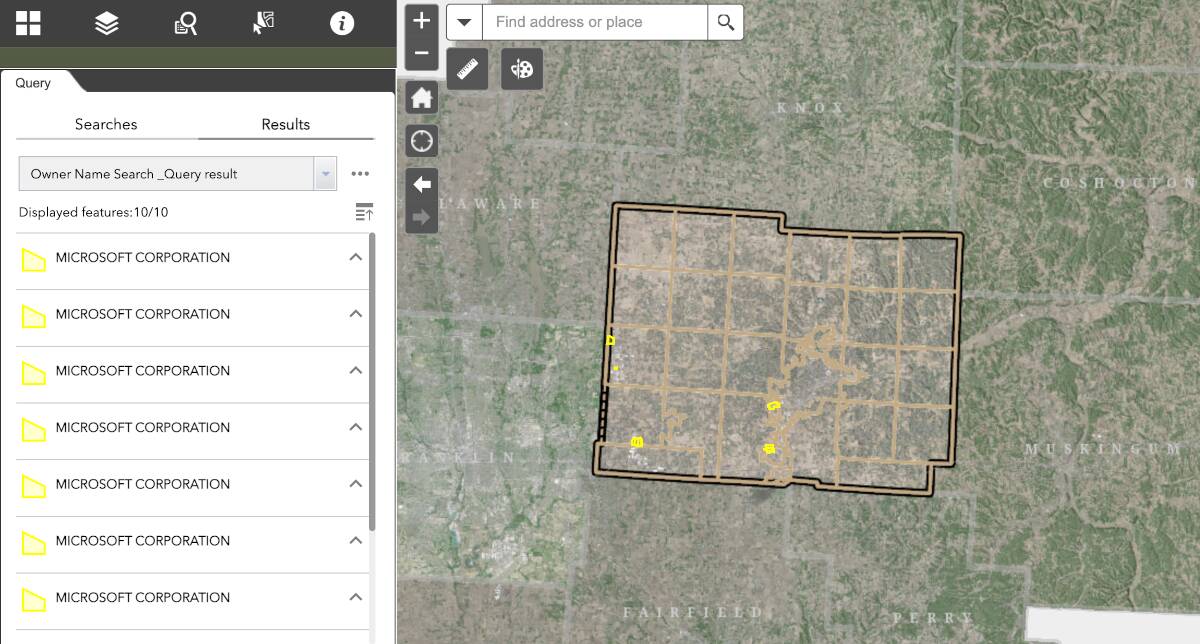















































































































































![[The AI Show Episode 143]: ChatGPT Revenue Surge, New AGI Timelines, Amazon’s AI Agent, Claude for Education, Model Context Protocol & LLMs Pass the Turing Test](https://www.marketingaiinstitute.com/hubfs/ep%20143%20cover.png)


















































































































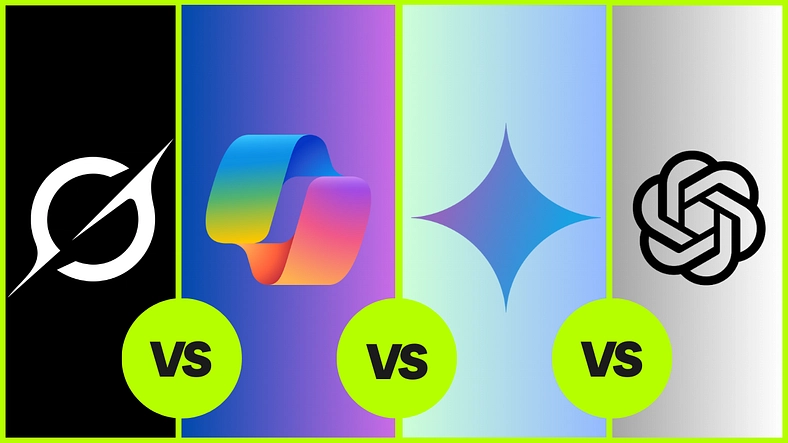

















![From drop-out to software architect with Jason Lengstorf [Podcast #167]](https://cdn.hashnode.com/res/hashnode/image/upload/v1743796461357/f3d19cd7-e6f5-4d7c-8bfc-eb974bc8da68.png?#)











































.jpeg?#)

































































-11.11.2024-4-49-screenshot.png?width=1920&height=1920&fit=bounds&quality=70&format=jpg&auto=webp#)






















_jvphoto_Alamy.jpg?#)





.png?#)
















































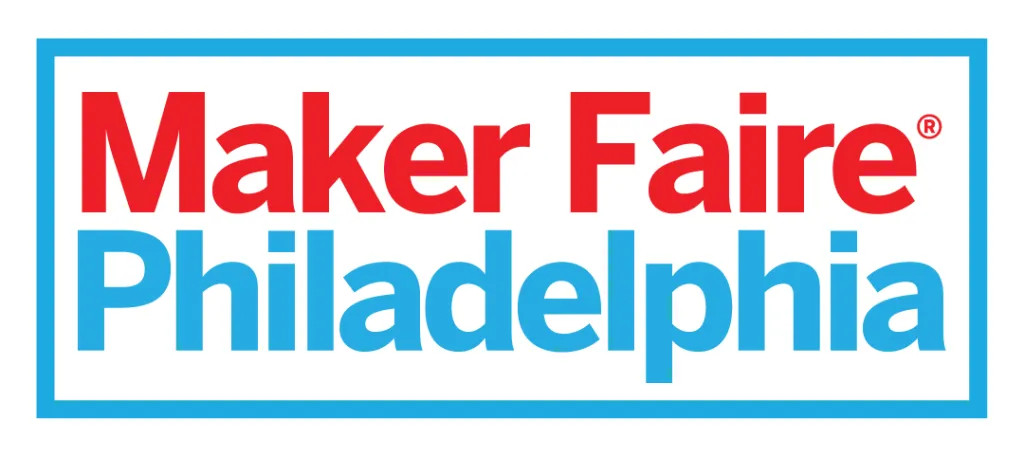
















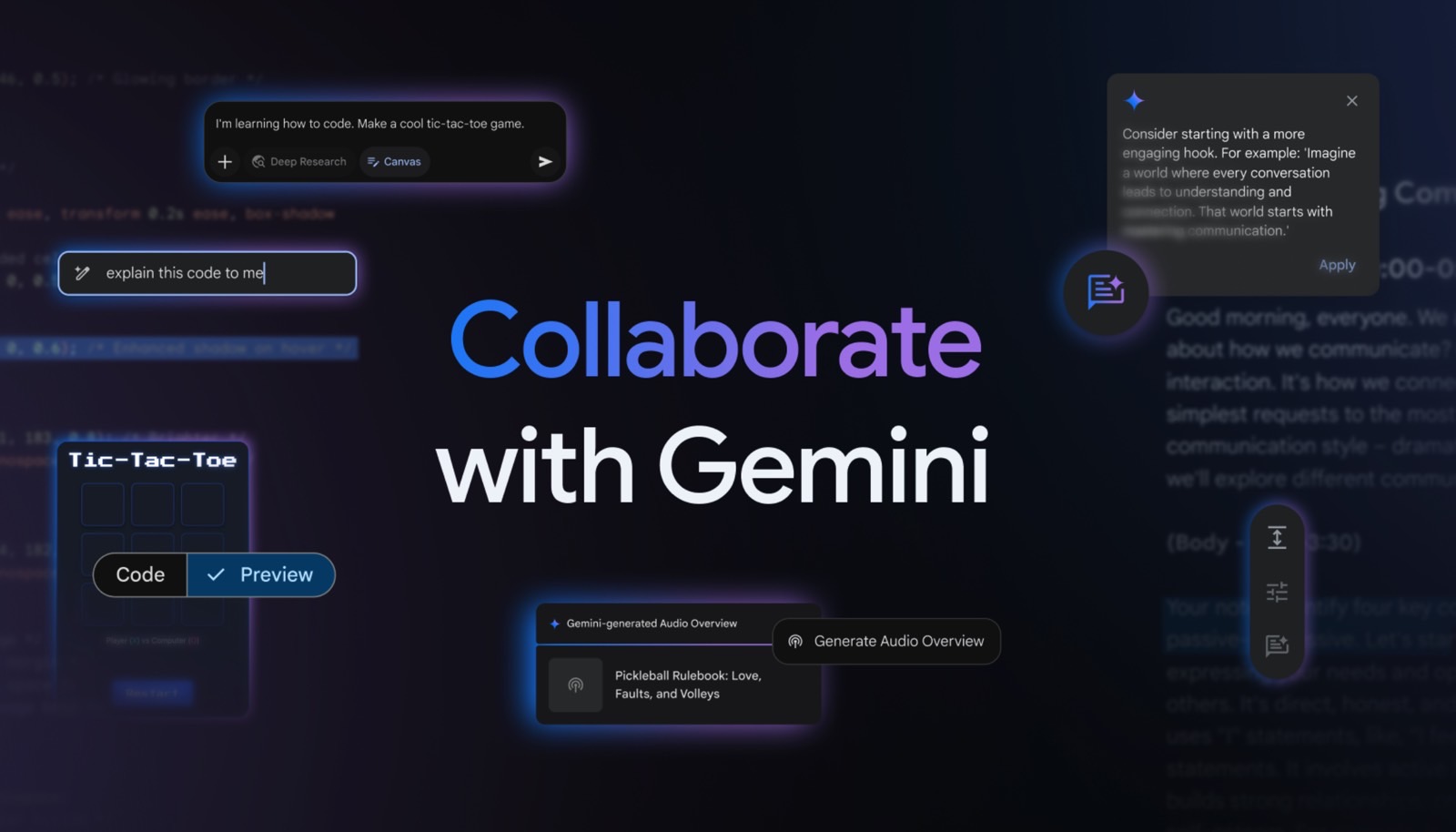
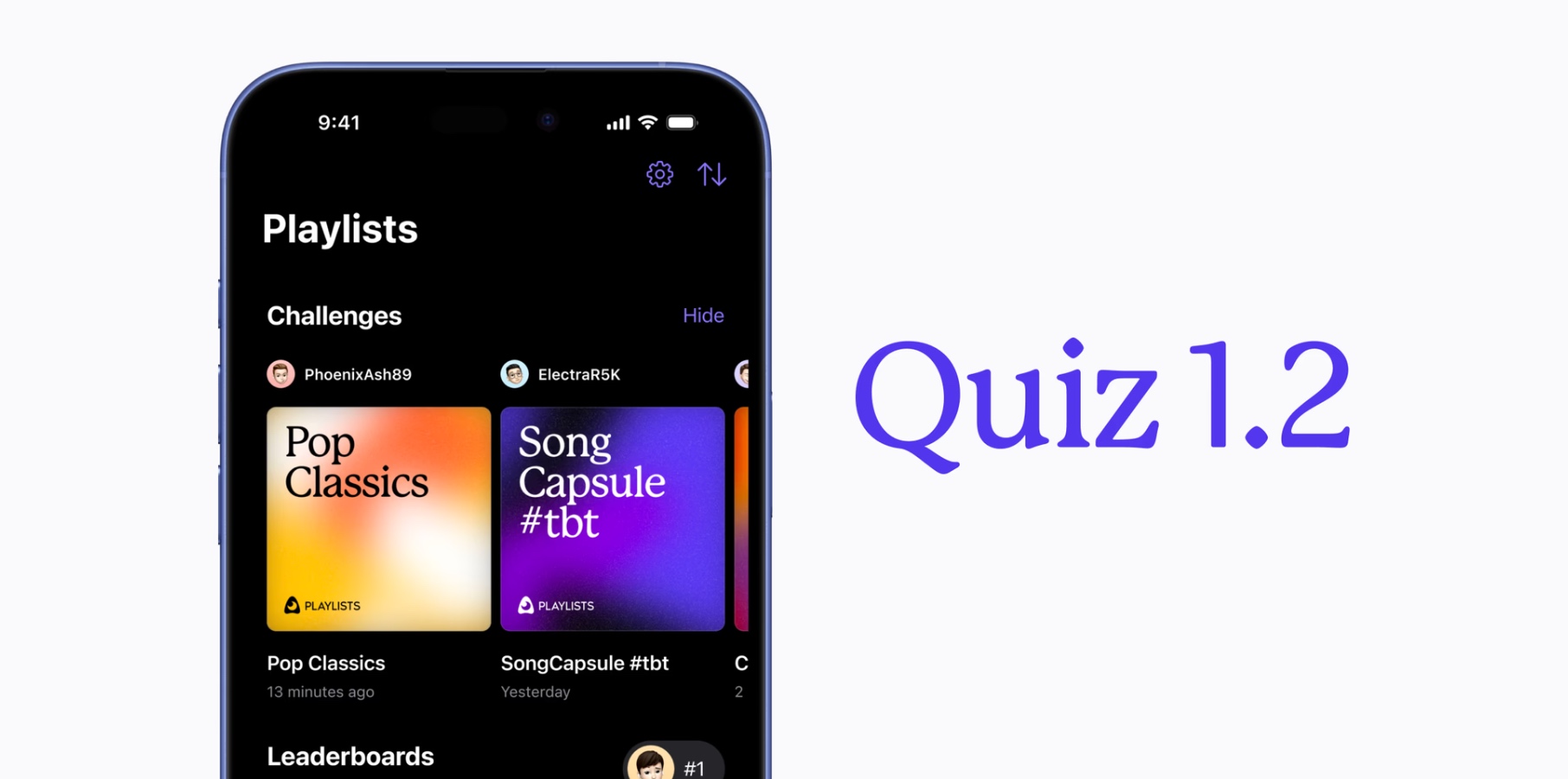



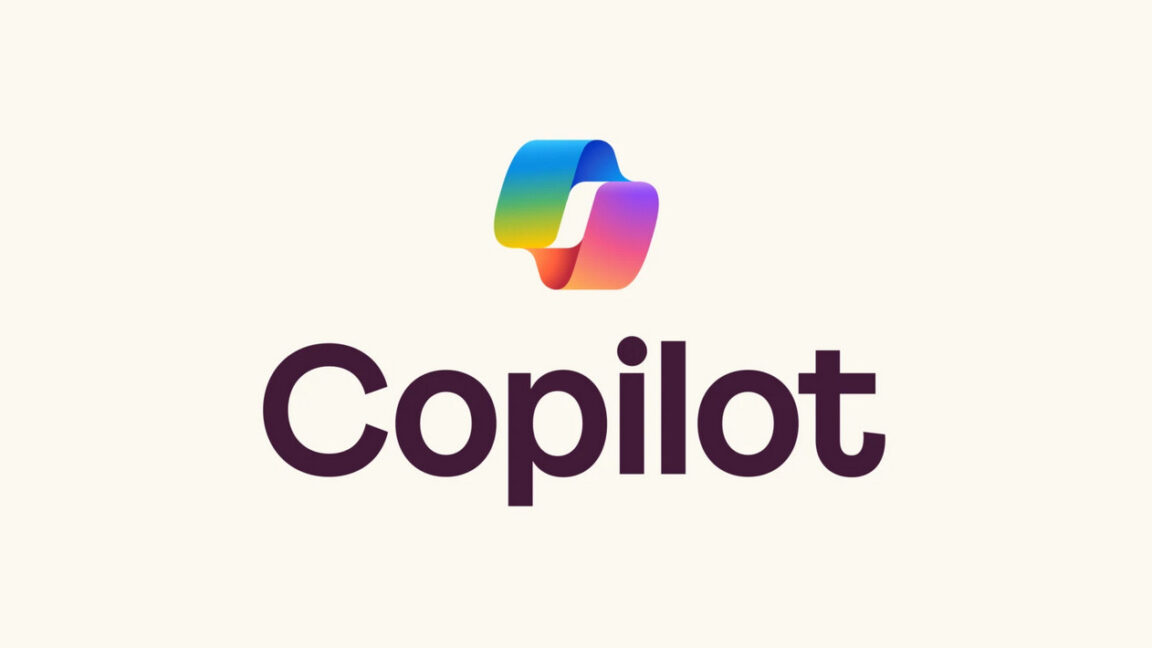



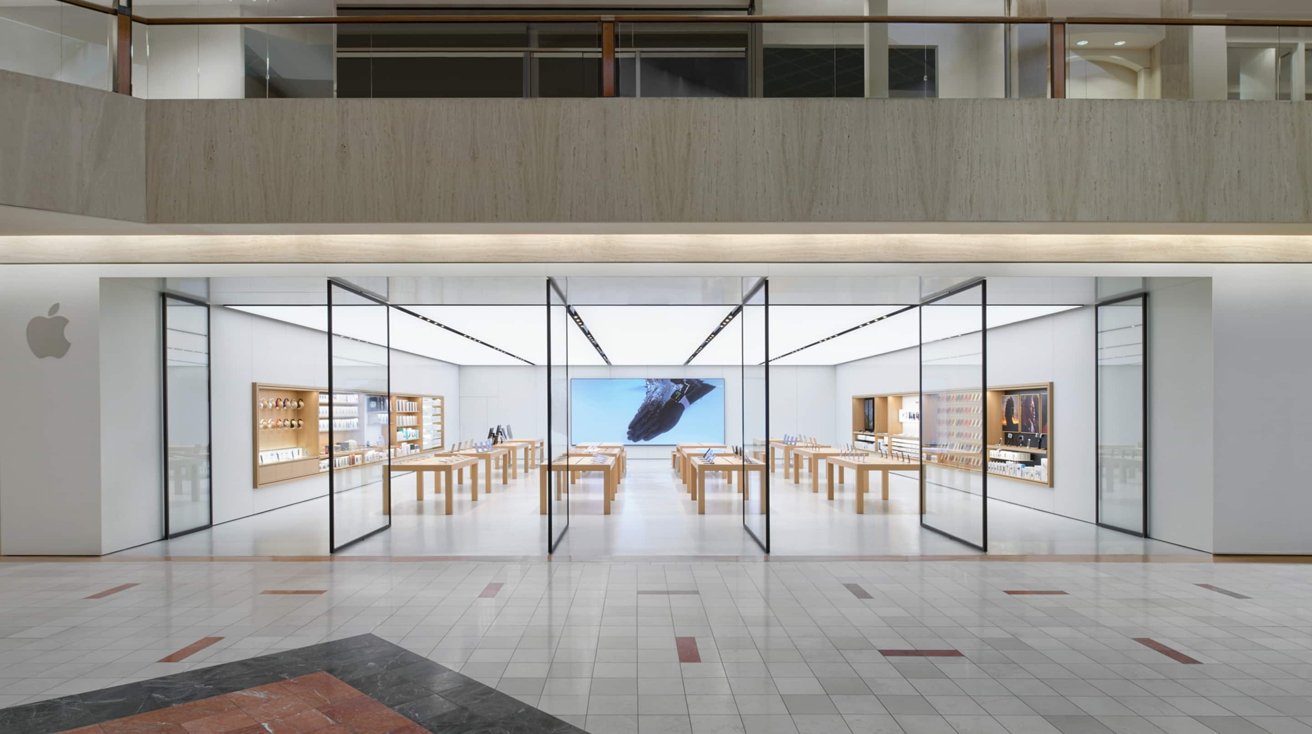



























![Apple Debuts Official Trailer for 'Murderbot' [Video]](https://www.iclarified.com/images/news/96972/96972/96972-640.jpg)
![Alleged Case for Rumored iPhone 17 Pro Surfaces Online [Image]](https://www.iclarified.com/images/news/96969/96969/96969-640.jpg)

![Apple Rushes Five Planes of iPhones to US Ahead of New Tariffs [Report]](https://www.iclarified.com/images/news/96967/96967/96967-640.jpg)
















